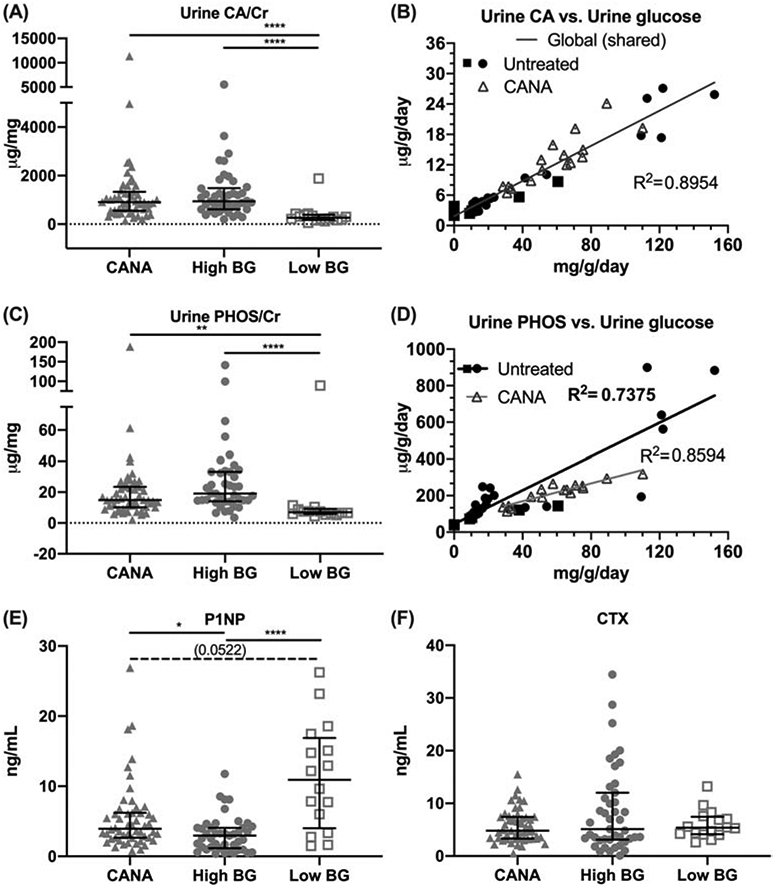Figure 2: Differences in urine and serum bone biomarkers.

Urinary excretion of calcium (CA) normalized to creatinine (Cr), measured at study end, was elevated in CANA-treated mice and untreated High BG mice, compared to Low BG mice (A). Examined in a subset of mice, the daily excretion of CA was directly proportional to daily excretion of glucose (B) with one linear curve being required to explain the relationship for both untreated and treated mice (i.e., the interaction term was not significant, p=0.1960, and therefore removed). Urinary excretion of phosphorous (PHOS/Cr) was also higher in the CANA-treated mice and untreated High BG mice, compared with Low BG mice (C). In the same subset of mice, the daily excretion of PHOS was directly proportional to daily excretion of glucose (D), but the linear relationship was significantly different between untreated and treated mice (i.e., the interaction term was significant, p<0.0005). The serum marker of bone formation (P1NP) was reduced in the High BG group (E). There were no differences in the serum marker of bone resorption (CTX) between groups (F). Group median with the intra quartile range is shown. **** p<0.0001; ** p<0.01; *p≤0.05; and dashed line when adjusted p-value was greater than 0.05 but less than 0.1. In the linear regression graphs (B, D), closed symbols indicate untreated mice and the open triangle indicate CANA-treated mice.
